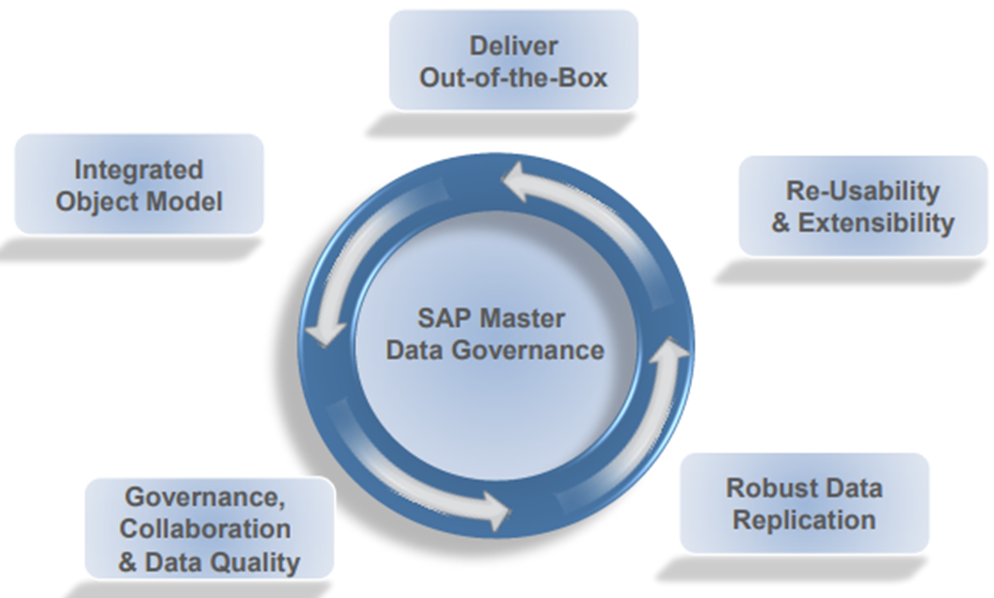SAP MDG Process Modelling

Overview In SAP MDG, every change to master data is initiated using a change request. After a change request is initiated, it needs to be processed before activation or rollback by applying governance rules and collaborations. The process model provides the required input (metadata) for change request creation and processing, e.g., workflow, CR steps, and objects that can be processes. Submit and activate/rollback are mandatory steps in a change request. MDG reuses the SAP Business Workflow component of an underlying SAP business suite. SAP MDG workflow is an instance of SAP Business Object BUS2250. If the request has parallel processing, then each parallel step of the change request will have one BUS2250 instance. Define Governance Scope: Here we can define governance scope on the entity as well as the attribute level. For example, we have kept ‘NO’ to the below custom entity. As a result of MDG UI, the UIBB for this entity will only be in read-only mode. Business Object An ...

